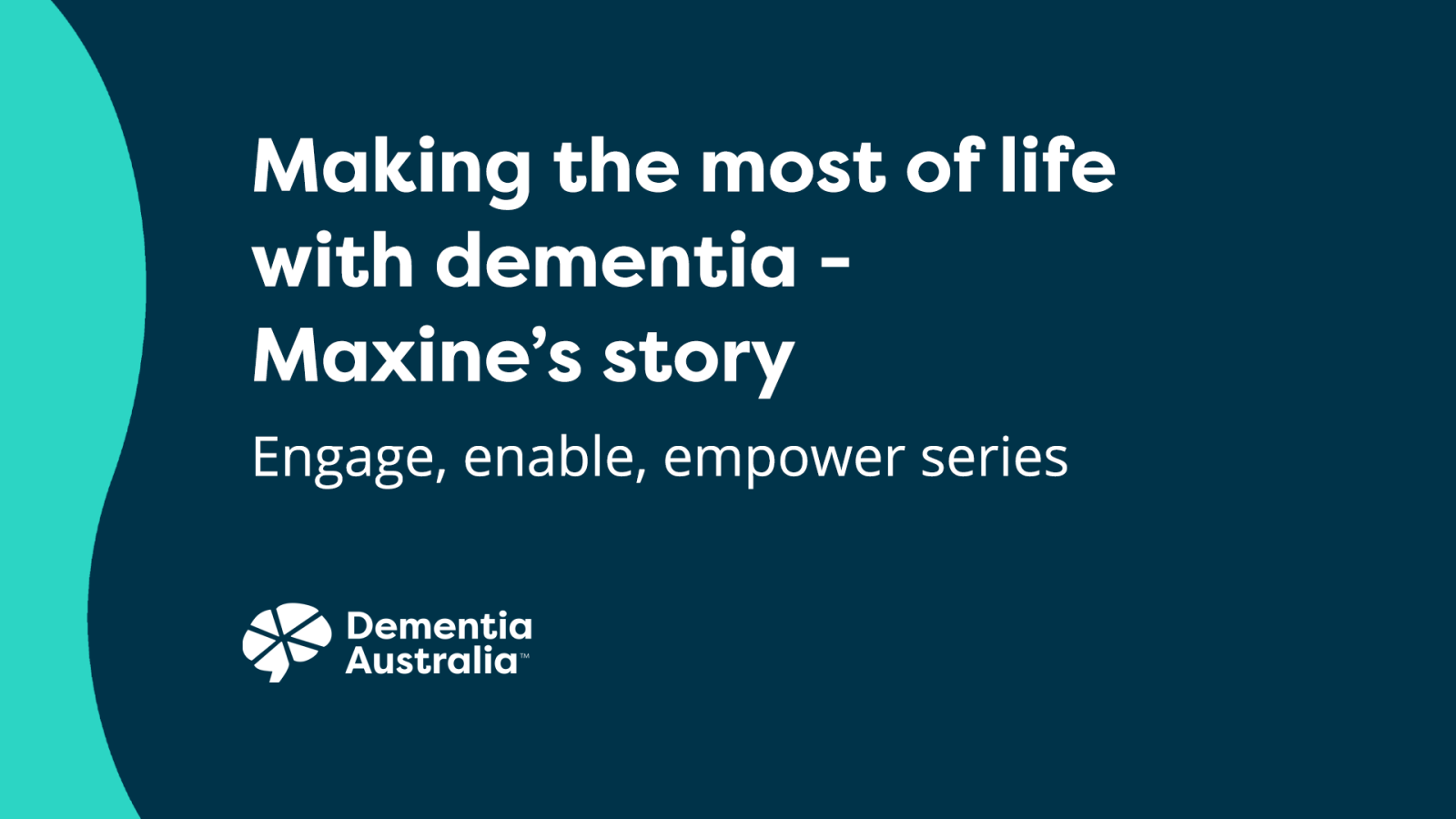Employment
If you’ve been diagnosed with young onset dementia, you could still be working. Being under the age of 65, you may have financial responsibilities, such as supporting a family or paying a mortgage.
As you come to terms with your condition, you may wonder about employment for people with dementia. It's natural to feel anxious about what this means for you in the future.
Deciding what to do
Whether you choose to continue employment or tell your boss about your diagnosis is up to you. The issue is complex; there are no rules that work for everyone.
Factors that may affect your decision include:
- The safety and duty of care at your workplace
- The extent to which your symptoms impact your ability to do your job
- The pace at which your symptoms are progressing
- The support that is required (or likely to be offered) by your employer.
Employers are legally obligated to make ‘reasonable adjustments’ to allow a person with a disability to do their work. Put simply, that means that the adjustments must not cause major difficulties or costs to the employer.
Assessing your work situation
There are many things to think about before you decide whether or not to leave your job, such as:
- Considering your capabilities realistically
- Asking whether you can work in a reduced capacity
- Reaching out for input from family members and health professionals
- Seeking advice from a union representative or anti-discrimination advocate
- Checking if you can access your superannuation early
- Finding out if you have disability insurance benefits
- Enquiring about eligibility for a disability pension through Centrelink.
From physiotherapist to volunteer: Maxine’s story
If you decide to leave work but still feel fit and capable, volunteering could be a great option for you. Volunteering can give you a sense of purpose and is a great way to stay engaged with your community.
Watch the following video: ‘Making the most of life with dementia - Maxine's story’ to learn more or read the video transcript.

